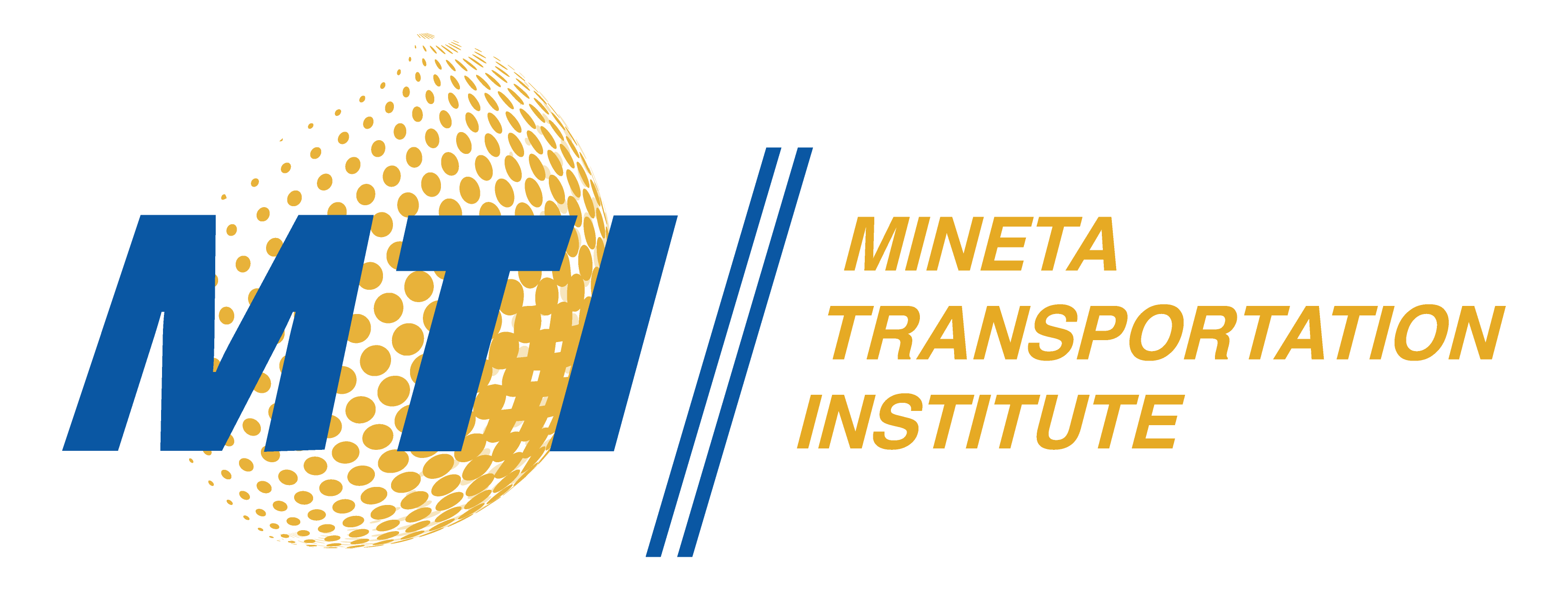Description
Whether to aid welfare recipients in overcoming transportation barriers with increased car ownership or better transit became an issue after the Personal Responsibility and Work Opportunity Reconciliation Act of 1996 was signed into law. Empirical studies pointed out that welfare recipients owning a car had a high probability of moving from welfare to work. In this study, the authors examined the impacts of car ownership promotion versus transit improvements on job accessibility, work trips, and traveler´s economic welfare by running a travel demand model adopted by the Sacramento Area Council of Governments (SACOG). In the car scenario, the zero-car households who were assigned a car had higher job accessibility and larger traveler benefits than in the Base Case scenario. The other households had lower traveler benefits, compared to the Base Case, due to slight increases in congestion. In the transit scenario, all households had gains in traveler benefits and the households without a car gained more than those with a car. The households without a car gained more in traveler benefits in the transit scenario than in the car scenario. The total gain in traveler benefits was higher in the transit scenario. In both scenarios, the changes in total travel time, congestion, and vehicle miles traveled (VMT) were small, but mode shares changed substantially.
Publication Date
6-1-2009
Publication Type
Report
Topic
Sustainable Transportation and Land Use, Transit and Passenger Rail
MTI Project
2403
Mineta Transportation Institute URL
Keywords
Car ownership, Journey to work, Transportation policy, Travel behavior, Work trip
Disciplines
Transportation
Recommended Citation
Robert A. Johnston and Shengyi Gao. "Public Versus Private Mobility for the Poor: Transit Improvements Versus Increased Car Ownership in the Sacramento Region, MTI Research Report 08-02" Mineta Transportation Institute (2009).

